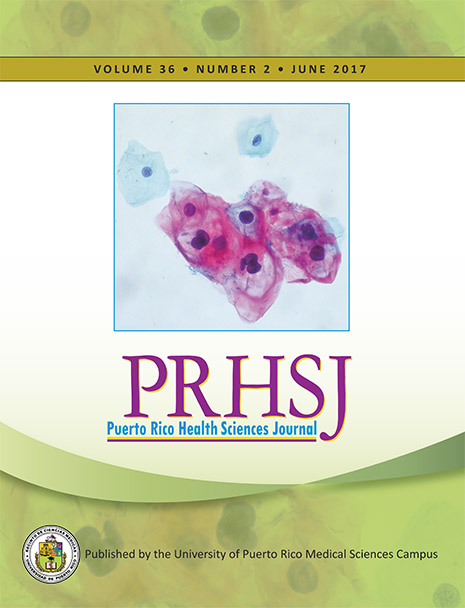Abstract
Objective: A cross-sectional study was conducted (2012–2013) to evaluate the prevalence of 1) malocclusion and 2) occlusal characteristics in 13- to 18-yearold adolescents in San Juan, Puerto Rico (PR) from selected high schools in the municipality of San Juan. Methods: The study sample consisted of 155 adolescents. The University of Puerto Rico’s IRB approved the study and consent and assent were completed for or by each participant, as applicable. A calibrated dentist performed a single-visit dental evaluation at each school. Occlusal characteristics were measured and recorded according to the criteria reported in the US National Health and Nutrition Examination Survey (NHANES III) and included overjet, overbite, anterior and posterior crossbites, incisor irregularity, maxillary midline diastema and Angle’s classification. Descriptive and inferential statistical analyses were performed using SAS statistical software. Results: The mean age of the study subjects was 16 (±1.2) years; all subjects (100%) presented at least 1 abnormal occlusal trait. The most frequent anomaly noted was maxillary malalignment (83%), followed by lower incisor irregularity and excessive overbite (79%) and excessive overjet (63%); the least common occlusal trait was open bite (1.9%). Compared by gender, no statistically significant difference was observed for any variable (p = 0.05). Seventy-three percent (73%) of the subjects presented with Class I malocclusion, 7.1% with Class II malocclusion and 19.4% with Class III malocclusion. Conclusion: A high prevalence of malocclusion was observed in this group of adolescents, highlighting the need to implement preventive measures to improve oral health in this population.
Authors who publish with this journal agree to the following terms:
a. Authors retain copyright and grant the journal right of first publication with the work simultaneously licensed under a Creative Commons Attribution License that allows others to share the work with an acknowledgement of the work's authorship and initial publication in this journal.
b. Authors are able to enter into separate, additional contractual arrangements for the non-exclusive distribution of the journal's published version of the work (e.g., post it to an institutional repository or publish it in a book), with an acknowledgement of its initial publication in this journal.
c. Authors are permitted and encouraged to post their work online (e.g., in institutional repositories or on their website) prior to and during the submission process, as it can lead to productive exchanges, as well as earlier and greater citation of published work (See The Effect of Open Access).
